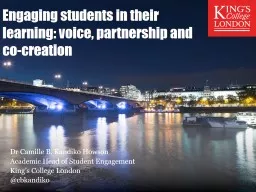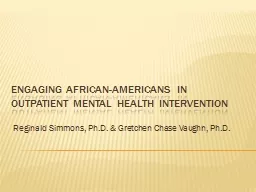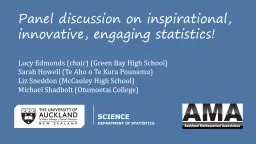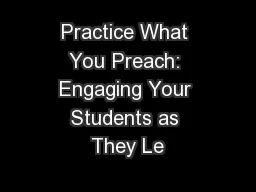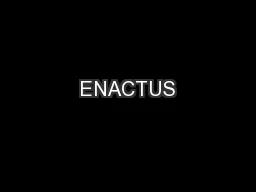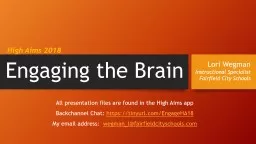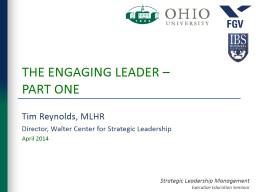PPT-Engaging students in their
Author : liane-varnes | Published Date : 2020-01-12
Engaging students in their learning voice partnership and cocreation Dr Camille B Kandiko Howson Academic Head of Student Engagement Kings College London cbkandiko
Presentation Embed Code
Download Presentation
Download Presentation The PPT/PDF document "Engaging students in their" is the property of its rightful owner. Permission is granted to download and print the materials on this website for personal, non-commercial use only, and to display it on your personal computer provided you do not modify the materials and that you retain all copyright notices contained in the materials. By downloading content from our website, you accept the terms of this agreement.
Engaging students in their: Transcript
Download Rules Of Document
"Engaging students in their"The content belongs to its owner. You may download and print it for personal use, without modification, and keep all copyright notices. By downloading, you agree to these terms.
Related Documents

